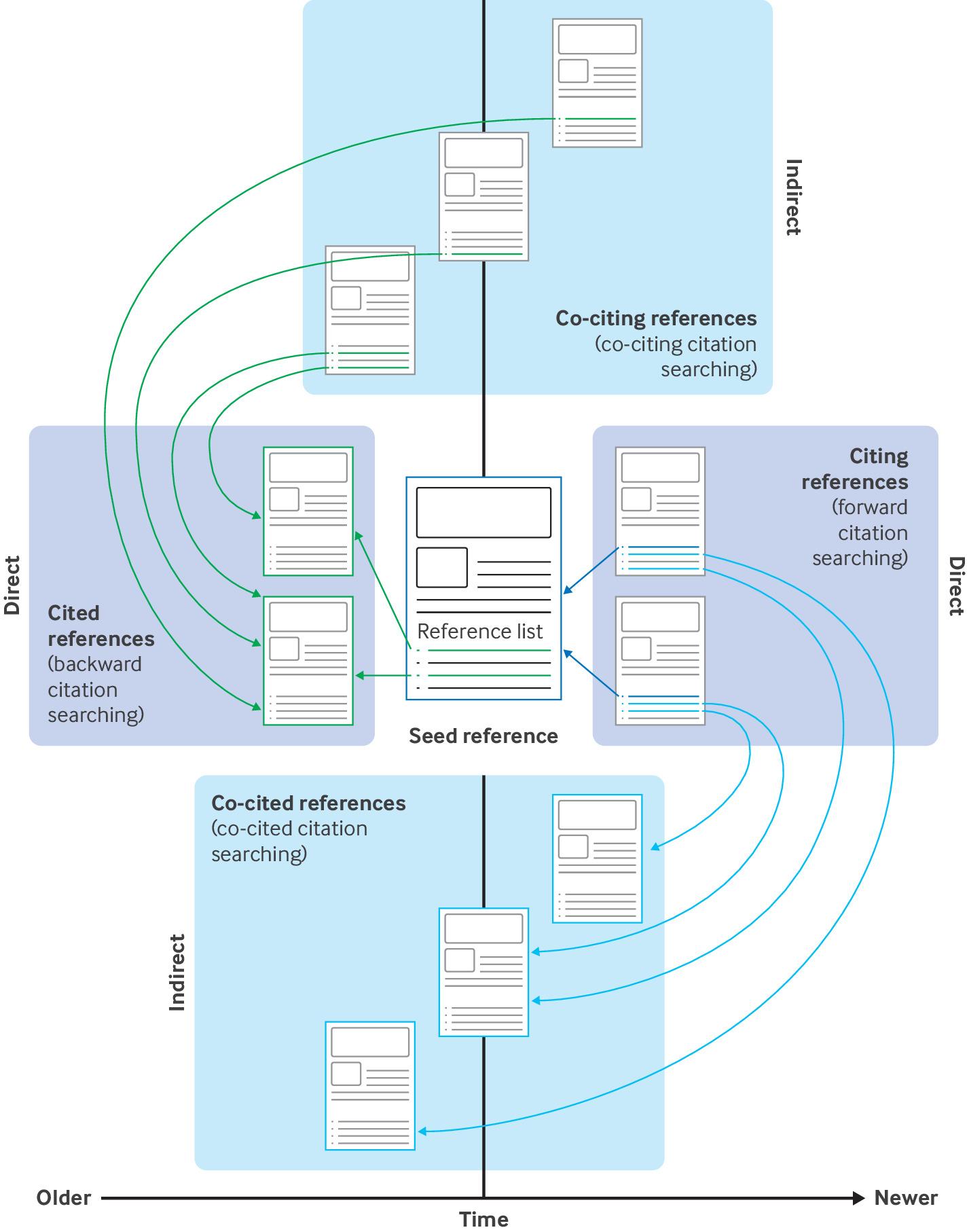Switch the API with the button indicating "OA / S2 / OC / CR" in the top-right menu. All APIs provide references.
OpenAlex (OA) is an open source successor of Microsoft Academic, which was discontinued in 01/2022. It is fast, it has high coverage, serves most abstracts and provides citations. It also serves a flag for retracted papers, which can be seen here for example (it can be missing though).
Semantic Scholar (S2) has high coverage, serves most abstracts and provides citations. In addition, it allows accurate estimation of the reference-list completeness. However, it can be slower and has a rate limit.
The metadata API from OpenCitations (OC) builds upon Crossref but also features citations. However, it does not provide abstracts, author information (like affiliation or ORCID) and it is quite slow.
Crossref (CR) usually returns reference lists in their original order (you can use the bookmarklet for other APIs). Also, it allows for an accurate estimation of the reference-list completeness, it's usually very fast and can handle fairly large input lists. Crossref is a not-for-profit organization that collects metadata from scholarly journals and publications. However, it does not provide citations.
Thanks to the formidable Initiative for Open Citations (I4OC), the coverage of all of these services has increased vastly. However, some journals still do not support these ideals - feel free to write them, in case you find one!
